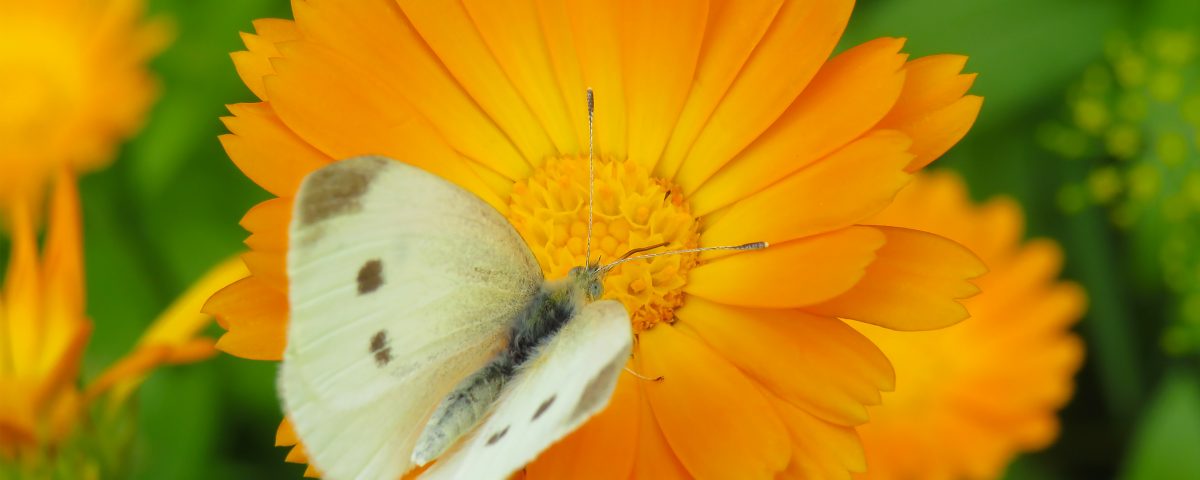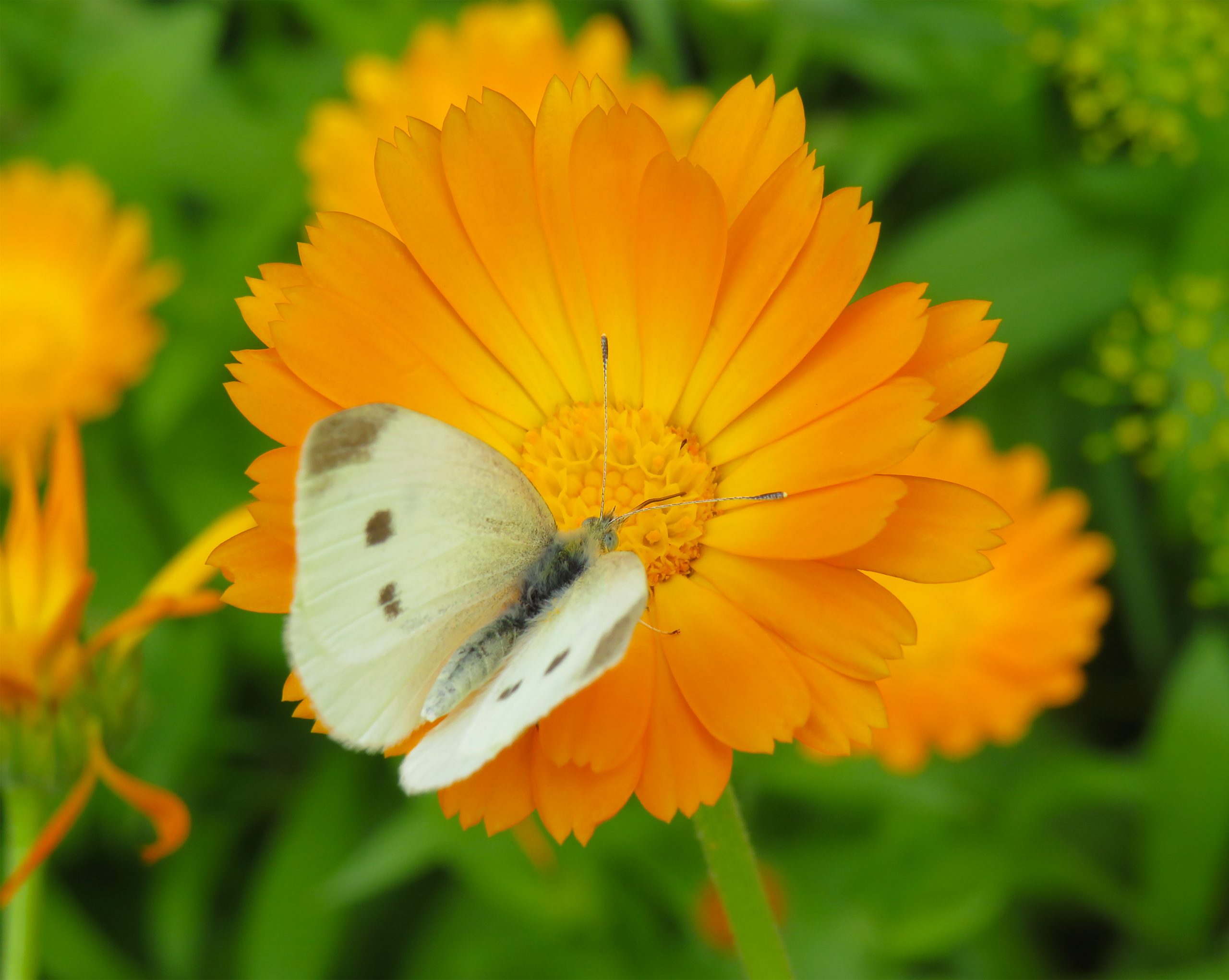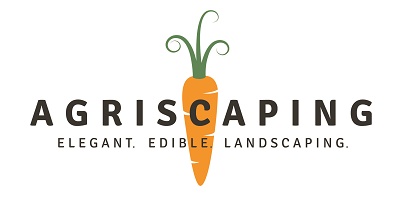What You Need To Know About Growing Edible Flowers

What You Need To Know About Growing Edible Flowers
Most people don’t think of flowers as a food source, yet edible flowers add flavor, complexity and color to both landscapes and the dinner plate. In our post last week we discussed whether or not edible flowers taste good. Today we discuss four secrets in growing them.
Growing edible flowers is similar to vegetable gardening, however there are some unique differences that can make your harvest more delicious and healthy!
When working with edible flowers, it is important to remember the four S’s of edible flowers: Soil, Starts, Snipping and Safety.
Soil
The quality of soil is essential. Make sure that you have clean, chemical-free soil. Soil that contains non-natural or slow-release fertilizers, pesticides and plant food will release that into the plant and therefore into your body. Conducting soil test to determine acidity (pH) and levels of Nitrogen (N), Phosphorus (P) and Potassium (K) will help you determine the fertility of the soil.
Soil that drains well is crucial for healthy flower growth. A well-draining soil that contains vermiculite will improve soil structure, and provide nutrients that will help plant development and growth. When flowers are first planted, soil should be kept moist but not overly wet to allow for seed germination and promote growth in newly-planted flower starts.
Starts
Using starts can speed up the process in growing flowers. If you plan to eat your flowers, there are key differences between how you select them. For example, most flowers starts have herbicides, pesticides and chemical fertilizers given to them to promote growth. Even organic flowers may contain additives that are not healthy to ingest and can be dangerous to the human body.
As a result, only purchase flower starts that have grown naturally. In most cases it is best to transplant starts after the last frost - especially if they are varieties that are more fragile and tender.
Seeds, bulbs, tubers and corms should be planted according to the recommended guidelines of each plant.
Snipping
Snipping off blooms, or deadheading flowers as they begin to fade will result in ongoing blooming during the flower’s season. This is because flowers focus on growing seeds as their petals begin to wither and fall. By snipping off the blooms, the plant focuses back on producing more flowers to compensate for the loss of others. This practice encourages new growth and makes most flowering plants bloom much more profusely!
Safety
Not all flowers are edible, so make sure you confirm that the flowers you want to eat are edible. Never eat flowers from a bouquet, florist or roadside stand. You can download our free Edible Flower Guide as a reference of what to grow in your own yard.
When tending edible flowers, make sure that you use fertilizers and other amendments that are suggested for vegetables. For pest control, use hand removal, netting or natural deterrents including beneficial insects, companion planting and more. If pesticides are needed, consider purchasing those that are designed for use on edible flowers. Never use a pesticide designed for use on ornamental flowers or even vegetables as flowers often retain higher levels of these substances.
Edible flowers are delicious and add beauty to nearly any dish.
To find out what webinars or live classes are available for free click here!
Image credit: https://unsplash.com/photos/QDr-0ylFK2k

